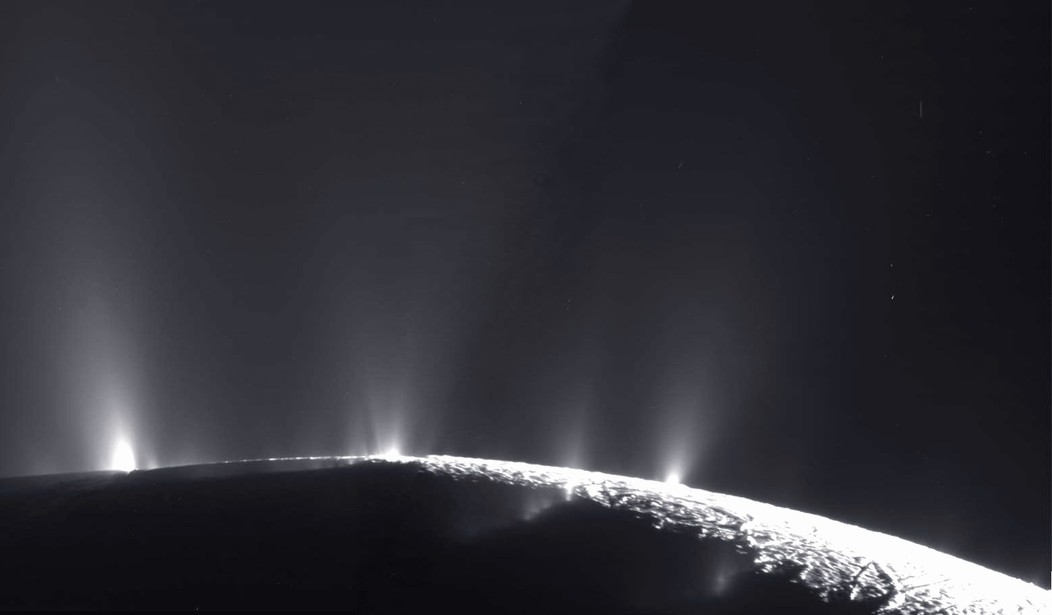The famous geysers seen erupting from the surface of Saturn’s striped moon Enceladus are a striking visual feature, but a scientific mystery. A new model may finally explain what sustains these eruptions.
First spotted by NASA’s Cassini spacecraft in 2005, the geysers erupt along Enceladus’ “tiger stripes,” or fissures, in the icy surface around the moon’s south pole. There are multiple outstanding questions about the geysers, such as how they can continue to erupt over longer periods of time, and why they don’t freeze over. The new model shows how tidal stress from Saturn could help solve the puzzle.
“On Earth, [geyser] eruptions don’t tend to continue for long,” said lead author Edwin Kite, a geophysical scientist at the University of Chicago, in a statement. “When you see eruptions that continue for a long time, they’ll be localized into a few pipelike eruptions with wide spacing between them.” [Video:101 Geysers on Enceladus: Saturn’s Refreshing Secret]
The liquid that spews skyward from the geysers on Enceladus likely comes from a subsurface ocean. Tidal forces — the same kind responsible for the tides on Earth — exerted on Enceladus by Saturn, could cause the water in its subsurface ocean to spew upward, creating the geysers.
https://www.youtube.com/watch?v=BRDfIi_hdQw
Natural processes? Or signs of a subterranean alien civilization, blowing off steam in the farther reaches of the solar system? I know which way I’m betting.









Join the conversation as a VIP Member